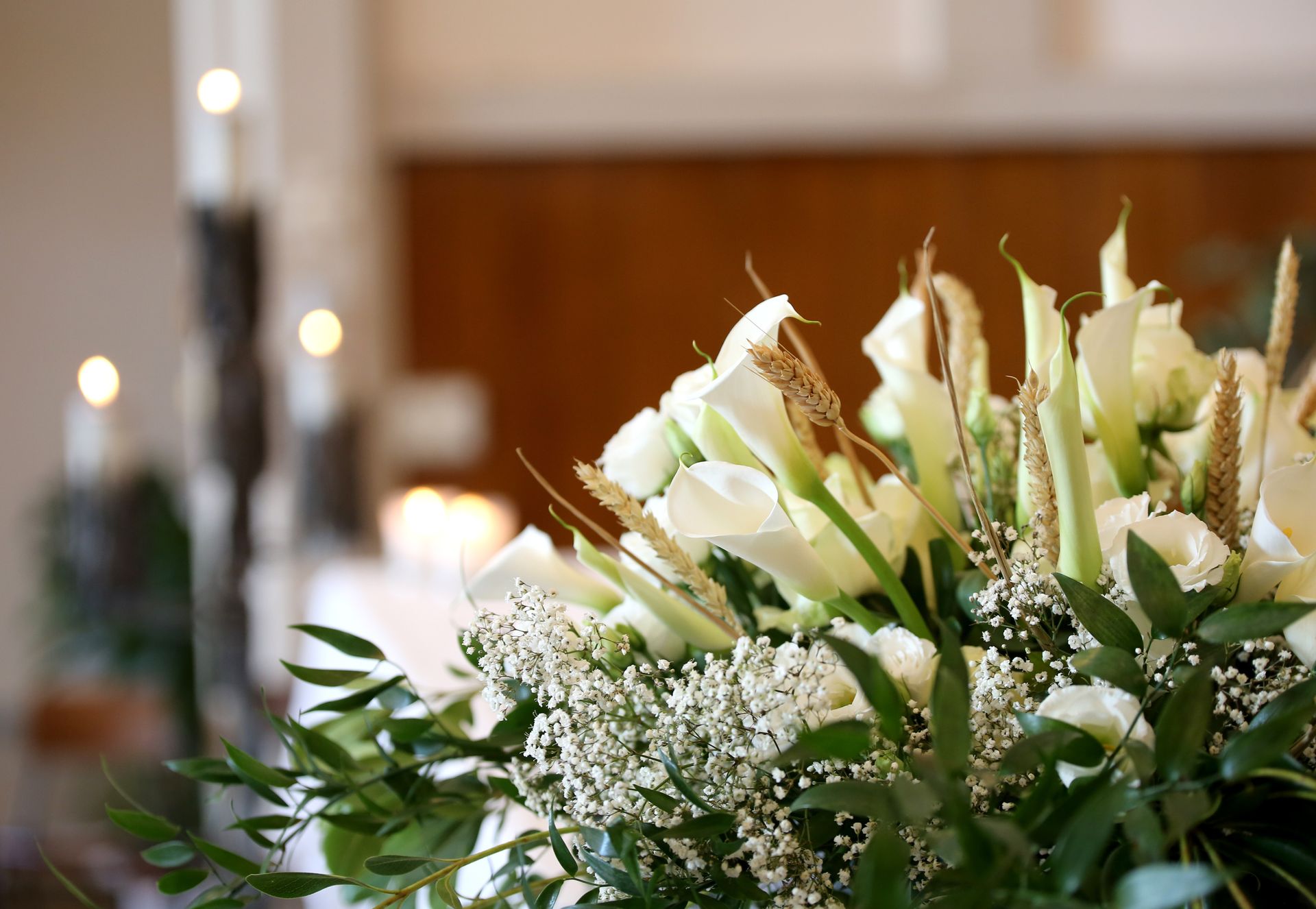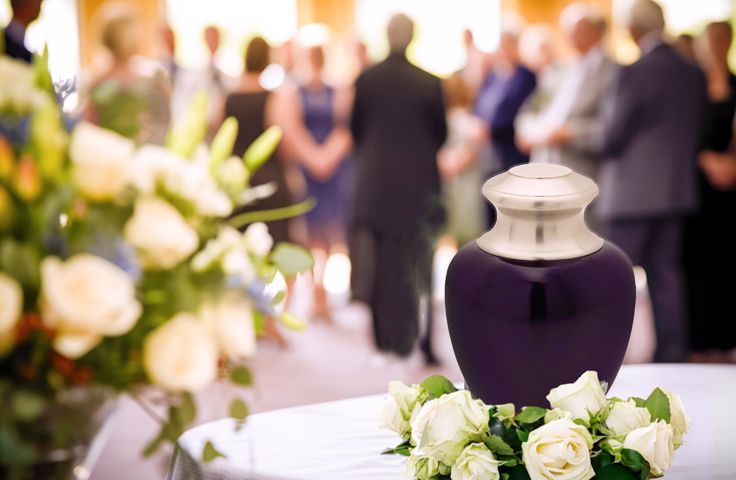Nature and health: why getting outside is good for you
Nature's Symphony
On average, Americans spend less time outside than they once did. Where outdoor recreation was once a leisure-time staple, modern-day technology has given us access to an abundance of activities that draw us indoors. What we’re missing by staying inside may be more than just a glimpse at the surrounding landscape. Research has suggested that there may be a link between our connection with nature and our overall happiness.
In their article published in the journal Environment and Behavior , John Zelenski and Elizabeth Nisbet examined what they call “nature relatedness”: a value determined by study participants’ statements of how strongly they agree with questions such as “My relationship to nature is an important part of who I am.” By comparing a person’s nature relatedness to her happiness (scored based on a rating scale), Zelenski and Nisbet came away with results showing a potentially strong tie between the time we spend in a natural environment and how happy we are, even isolated from other happiness-inducers: connection to family, friends, and a home. A second study by the same duo indicated that nature relatedness is a predictor for happiness; in short, if one is highly connected to nature, one is more likely to be happy.
The concept that nature affects our emotional and mental well-being isn’t new. Researchers have been studying the benefits of spending time with nature for decades. A 2013 study connected interacting with a natural environment and a decrease in symptoms of depression, and a 2004 study linked time in “green outdoor settings” to a reduction in ADHD symptoms in children. Hoping to ace that upcoming test? Take a hike. In 2008, researchers at the University of Michigan discovered that participants who walked in nature were able to perform better on subsequent memory-related tasks than their city-strolling counterparts.
If not for your brain, you might consider getting outside for your body. Spending time in a natural setting has been shown to positively affect heart health , weight management , the management of diabetes symptoms , and recovery for stroke victims.
If you need some outdoor inspiration, we’ve collected 10 activity ideas that will take your relationship with nature from detached to devoted:
- Exercise: Run, bike, hike, swim, or attend an outdoor yoga session.
- Photograph: Natural beauty is everywhere. Take pictures of what inspires you, share them with friends, or collect them into a book to enjoy for years to come.
- Visit a local farm: Smell the fresh hay, get your boots muddy, moo at a cow.
- Go on a walking tour: Many cities have foundations that put together paid or self-guided walking tours that allow residents and visitors to explore local architecture or historic landmarks. A quick online search should give you some local options.
- Stargaze: Find constellations, or make up your own.
- Fly a kite: There’s no better way to enjoy a windy day, and we’re betting you haven’t flown a kite in far too long.
- Grow something: It could be flowers, trees, or the perfect food garden. Bask in your creations.
- Camp: Wake up to the sound of birds chirping. If camping isn’t your scene, make a small fire in your backyard, and don’t forget the marshmallows.
- People watch: Lounge at a park alone or with a friend, and take in the world around you. But don’t point. It’s rude.
- Take a nap: We fully support getting active while you’re outside, but on a beautiful day, we certainly wouldn't fault you for laying out a blanket and getting some shut-eye in the shade.









